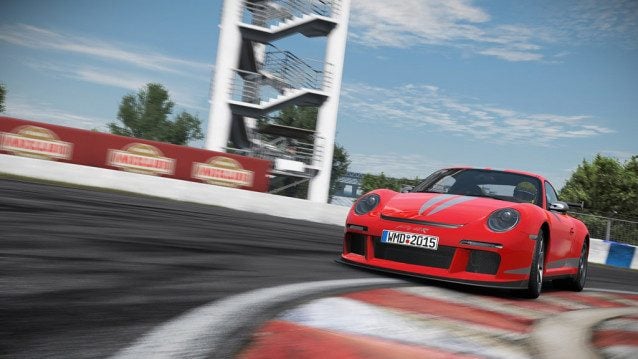 – November 10th, 2015, courtesy of taz.
– November 10th, 2015, courtesy of taz.
The final major update of the year for Project CARS is upon us, and Slightly Mad Studios intends to end the year with a considerable bang and loud exhaust notes.
The update now available to PC owners once again leaving PlayStation 4 and Xbox One owners looking toward what’s to come for the second consecutive time. The update not only improves the game with what’s been brought to light by the WMD community, it also paves the way for the next expansion planned to be released on December 22nd.
Weighing in at a lightweight 527MB, the primary intention of the newest patch is to fix an exploit whereby a top speed advantage could be gained by running zero camber, with further improvements for those using the Oculus Rift as stated in the patch notes which are as follows.
[Physics & Tyres]
- Neutralized the top speed advantage of running zero camber on many tires.
- Reduced flash layer temperature cap for GT3/LMP and other slick tires to make them less prone to overheating.
- Classic Lotus cars: Disabled patch-to-hub on several tyre carcass models as it was creating a strong low-speed FFB buzz.
[Controls]
- Update to latest Fanatec SDK
[Career]
- Corrected the German name for the LMP3 UK Semi-Pro Championship
[Tracks]
- Rouen Short – Reworked the AI paths around the hairpin area to try and keep the historic cars from running up the hill on exit when in tight packs.
[Vehicles]
- Repositioned the cockpit camera view to a proper center point for a number of vehicles that were reported to be incorrectly positioned.
[Audio]
- Lotus 40 and 49 – Rebalanced the AI vehicle volume.
[Render]
- Antialiasing mode DS2M fixed for AMD GPUs.
[UDP Streaming Support]
- Fixed a bug where the streaming rate option in the GUI was not working correctly. The option is enabled via the ‘Game play’ menu ‘UDP mode’. This can be selected between off and 1-9. The number represents the UDP streaming data rate as follows:
- UDP off
- UDP 1 60/sec (16ms)
- UDP 2 50/sec (20ms)
- UDP 3 40/sec (25ms)
- UDP 4 30/sec (32ms)
- UDP 5 20/sec (50ms)
- UDP 6 15/sec (66ms)
- UDP 7 10/sec (100ms)
- UDP 8 05/sec (200ms)
- UDP 9 01/sec (1000ms)
The stream is sent to a broadcast address (255.255.255.255) on port 5606.
[Oculus Rift]
- ResetVR – Changed automatic camera position reset at race start to be user controlled, providing 4 options:
- 0 – Always use Oculus system default position
- 1 – Reset view once at boot-up only
- 2 – Reset at start of race, but only once per execution of the game
- 4 – Reset at start of every race (supersedes case above)
- These values can be combined by adding up, for example:
3 – Reset at boot and at start of the first race
- NearZ – Overrides the game’s default NearZ value for player cameras (0.1). This value determines how close to the camera the 3D world will stop drawing. Setting this override to a value less than the default will allow for less clipping of objects close to the camera. Too low values may cause some texture flickering on objects in the game world. Try values around 0.05 as a starting point. Setting it to 0 will use the default game value.
- GForce – Overrides the Camera Movement value that simulates G-force effects on the player’s head. Valid range is 0-1. Setting it to -1 will use the value set in the game options.
- World Movement – Overrides the Camera Movement value that controls how the visible movement is balanced between the world vs the car. Valid range is 0-100. Setting it to -1 will use the value set in the game options.
- exposureFOV – This field allows you to control the FOV that’s used to calculate the HDR exposure. This is very useful for closed-cockpit cars where the default VR FOV of 120 typically causes the outside view to be extremely bright. Setting it to 0 will use the default FOV.
All UI screens are now correctly mirrored on the main monitor.
The above entries refer to fields in the OculusSettings.xml file located in your Documents/Project CARS folder. The file will be auto-generated the first time you run the game with the headset active.
VSync – “false” will ignore any user setting and use the code default (currently set to off). “true” will use whatever vsync is set to in the “graphicsconfigoculusdx11.xml” file in your Documents/Project CARS folder.
Keep an eye on GTPlanet for the Renault Sport Car Pack news coming later today, and remember to stop by our Project CARS forum for more discussion, in-depth analysis and more!
See more articles on Project CARS and Project CARS Game Updates.
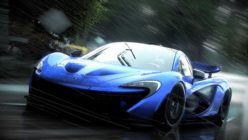
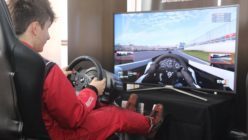
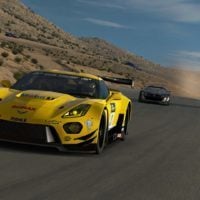
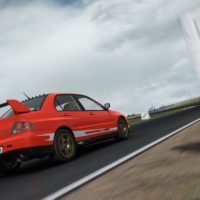
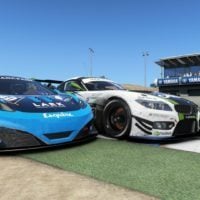

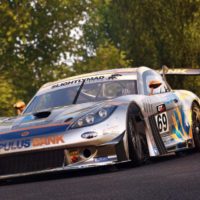
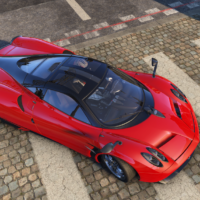
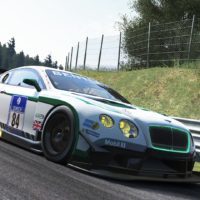
The top speed aspect of camber was fixed (hopefully)but I wonder if the cornering aspect and heat build up of additional camber was also addressed. Have to wait for feedback on the GTP forums I guess.
Awesome update.